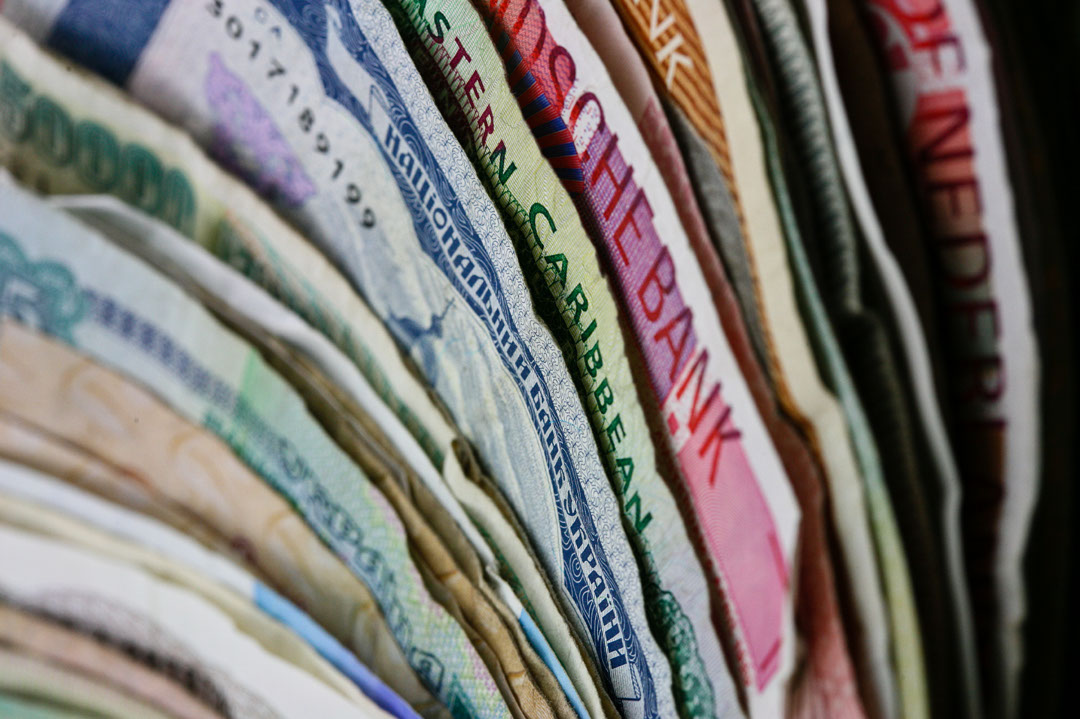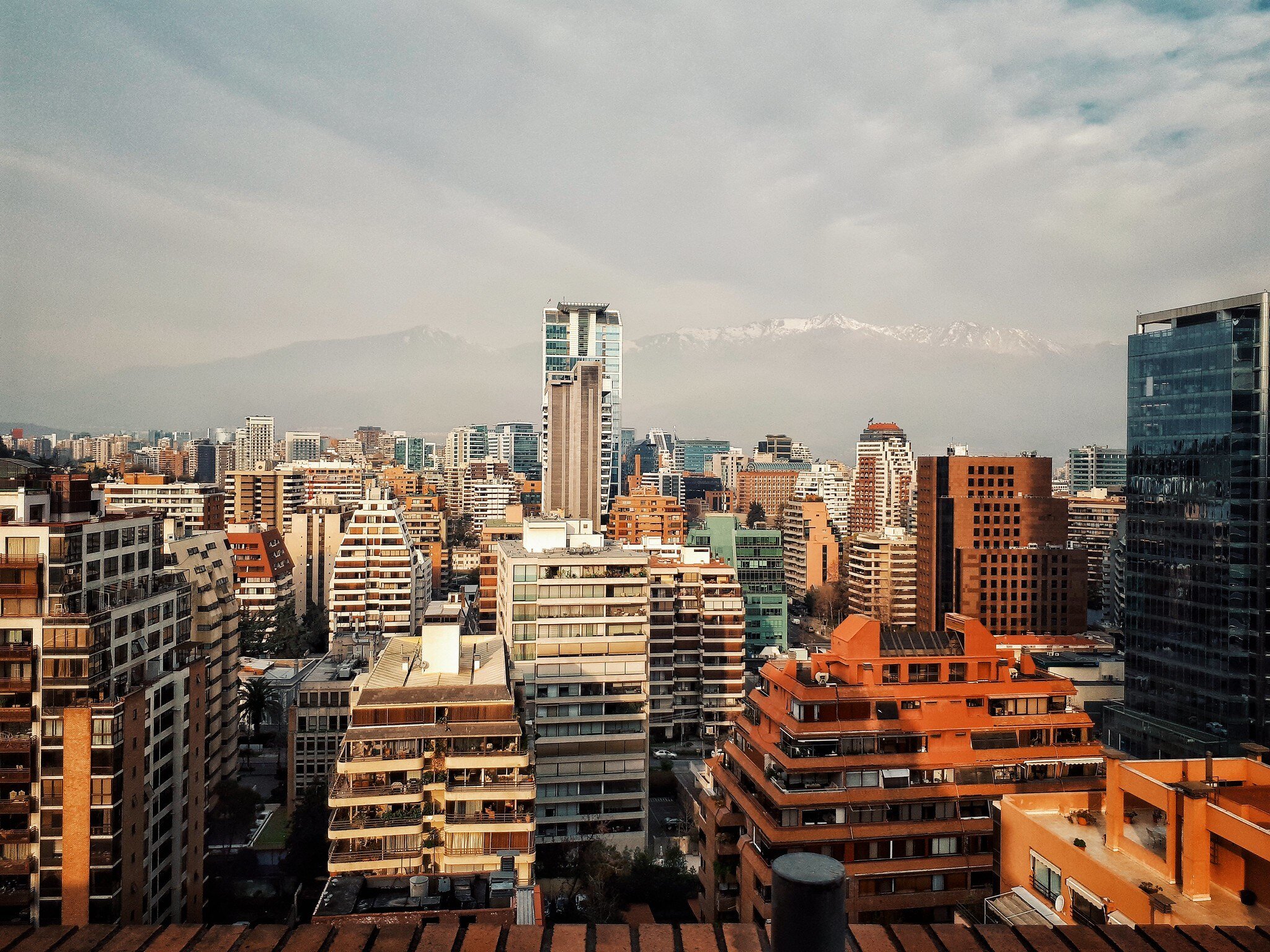Many countries have been negatively impacted by the Russian-Ukraine conflict. Fuel prices continue to rise and imports, such as wheat, have decreased in production due to issues with transportation, primarily from Russia.
A few countries have benefitted from rising fuel costs, such as Angola and Brazil, which are major exporters. Russia has made significant requirements with international payments to help stabilize the ruble and, as a result, the currency has made a sharp recovery. Most currency changes can be linked to the Russian-Ukraine conflict, but there are some isolated currency movements, including the Japanese Yen and Sri Lankan Rupee.
|
Currencies Losing Value against the USD: |
Currencies Gaining Value against the USD: |
|
EGP – Egyptian Pound The Egyptian pound’s depreciation was influenced by the Central Bank of Egypt’s decision to devalue its currency after Russia’s invasion of Ukraine. The conflict has led to rising oil prices and wheat imports which has negatively affected the livelihood of many Egyptians. Foreign investors pulled billions of dollars from Egypt treasury markets as investments were moved to safer assets. The shortage of dollars has caused blockages at ports and delayed payments for goods. The Central Bank of Egypt also raised its interest rate by 100 basis points in response to the currency’s depreciation. GHS - Ghanaian Cedi The Ghanaian cedi’s depreciation was propelled by increasing fuel prices along with producer prices. Inflation continues to negatively impact many depreciating currencies, including the cedi. The Bank of Ghana reiterated to the population that foreign transactions for goods and services are prohibited without an appropriate license. The government believes this is still occurring illegally and may be helping the currency’s decrease in value as the domestic currency is ignored. JPY – Japanese Yen In March 2022, the Bank of Japan announced that they will keep interest rates steady and will maintain its stimulus. Japan remains an outlier compared to most of the world, since most interest rates are being raised internationally. The Bank of Japan expressed satisfaction with this development and believes the current depreciation can help the economy by propping up the profits of exports. There is also speculation that the government may directly intervene by selling dollars to the marketplace if the yen continues to depreciate. LBP - Lebanese Pound The Lebanese economy is struggling to stabilize as fuel and food prices increase. Along with rising prices, there are shortages of basic needs including food, fuel, electricity, and medicine. A liquidity crisis has slowed down economic activity causing delayed payments for imports and domestic transactions. The IMF announced it had come to a preliminary agreement with the Lebanese government where the government would receive a 3-billion-dollar loan in the next 3-4 years. This agreement still needs final approval so there is uncertainty until the agreement is final and the money reaches the country. MNT – Mongolian Tughrik The Mongolian tughrik depreciated this month. The Russia-Ukraine conflict caused higher prices for imported products. This is especially significant as Mongolia’s consumer basket is roughly 50% imports according to the World Bank’s April 2022 economic report. SLL – Sierra Leonean Leone The leone depreciated as the country experienced inflationary pressure due to a combination of the Russia-Ukraine conflict and the uncertainty of the COVID-19 pandemic. Rising food, fuel, and freight costs also contributed to the currency’s decrease. LKR - Sri Lankan Rupee The Sri Lankan rupee continues to fall due to its balance of payments and an increase in fuel prices. Sri Lanka looks to its neighbor India for assistance to import goods such as electronics and pharmaceutical products. The deficit crisis is the primary reason for Sri Lanka’s economic condition and has discussed with the Chinese government to refinance its debt. China opposed the idea of restructuring Sri Lanka’s loans but is willing to discuss the possibility of giving another loan to help Sri Lanka pay off other loans due later this year. ZWL – Zimbabwean Dollar The Zimbabwean dollar slides further due to rising interest rates in developed economies and a lack of confidence in the local currency. The Reserve Bank of Zimbabwe increased the interest rate again this past month from 60 to 80%. The rate was raised to stabilize the currency’s depreciation and the increase in cost of living. There have been calls that the government should seek to dollarize the economy, but the central bank insists that doing so may cause shortages of goods in the market.
|
AOA – Angolan Kwanza The price of oil has heavily influenced the kwanza’s appreciation. Angola’s oil exports account for about one-third of the country’s GDP. Interest rates have been maintained at 20% and the National Bank of Angola may consider lowering them soon. BRL – Brazilian Real Despite rising inflation, the Brazilian real has continued to climb in 2022. Two main factors driving this are high interest rates and rising commodity prices. Brazil has benefitted from being a major exporter of highly demanded commodities such as soy, iron, and oil. In March, the Central Bank raised interest rates 100 basis points to 11.75%, the highest rate since 2017. MXN – Mexican Peso The Mexican peso appreciated following the rejection of Mexico’s electricity reform bill. The bill was formed by the government so it could have more influence over how electricity is generated. The government claims this would have helped the country generate electricity domestically rather than depending on international companies. Most of the opposition claims that the Mexican government would use methods such as fossil fuels that would hurt the environment rather than leave it up to private companies. RUB – Russian Ruble The Russian ruble rebounded incredibly following last month’s decrease. Interest rates were doubled after sanctions were placed to 20%. Russia announced that they will require gas payments for certain regions to be paid only in rubles. The regions affected are those deemed “unfriendly,” including the United Kingdom and the European Union. Within the past week, the UK and EU have issued temporary waivers to the sanctions so companies can proceed to make these payments. Similarly, Russian businesses are now required to exchange 80% of money made overseas to rubles from the local currency regardless of what the exchange rate is at the time. These requirements helped bring rubles into the marketplace and increased demand for the currency. Countries Tied to Russia The following countries are economically tied to Russia through trade and international business. The currency movement within these countries is tied to the ruble’s sudden recovery. Since sanctions continue to be enforced, these large changes may subside unless there is a further development with the Russia-Ukraine conflict. KZT – Kazakhstani Tengue KGS – Kygyzstani Som AMD – Armenian Dram GEL – Georgian Lari
|
How do currency changes affect compensation?
For up-to-date figures, please reach out to your AIRINC representative or click here to reach our inquiries team now.
Subscribe to our blog to stay updated on changes around the world that impact Global Mobility, including your cost of living allowances:




%20(29).png)



